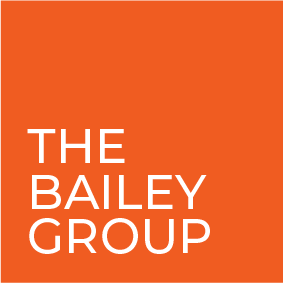CEO Rulon Stacey Exits: What Went Wrong at Fairview?
 The sudden exit of Fairview CEO Rulon Stacey after only 15 months at the lead was a surprise. It also begs several questions about critical relationships between CEOs and boards, and CEOs and their executive teams. We can’t begin to know what happened in this case, but it is interesting to speculate, given what we know about critical relationships between CEOs and boards, as well as CEOs and their executive teams.
The sudden exit of Fairview CEO Rulon Stacey after only 15 months at the lead was a surprise. It also begs several questions about critical relationships between CEOs and boards, and CEOs and their executive teams. We can’t begin to know what happened in this case, but it is interesting to speculate, given what we know about critical relationships between CEOs and boards, as well as CEOs and their executive teams.
Stacey arrived at Fairview with a successful history of building high performing hospital systems. He’s been recognized nationally for his commitment to excellence, having been appointed by the U.S. Secretary of Commerce last year to serve as chairman of the board of overseers for the Malcolm Baldrige National Quality Award.
A Fairview spokesperson said, “Stacey crafted a strategic plan for the organization that the board largely agreed with, but there were disagreements over how to implement that plan.” With his track record, one would think the board knew what they were getting in Stacey and how he was going to approach the implementation of his strategic plan.
We work with CEOs on their key relationships—the executive team, board chair, key stakeholders. From our vantage point, here’s what we have seen in other organizations when CEOs depart:
- We all say we want change until it’s time to do the changing. Board members are no exception. Organizational transformation always requires difficult decisions that make key stakeholders unhappy. Urgency on a CEOs part alone will not drive successful change. The board must share the urgency for change and be prepared to withstand the criticism that comes with making hard choices. Without support, a CEO can’t succeed.
- Implementing the plan is the role of management, not the board. It seems odd that the board would be in disagreement over how to implement a plan. Typically, boards should be concerned with strategy and less concerned with how a plan will be implemented. It again raises the question of whether the board ultimately was unwilling to accept the consequences resulting from the plan it apparently approved.
- What was the nature of the relationship between Stacey and the board chair, David Murphy? Were they adversaries or allies? Did they have the type of relationship that allowed for frank and even contentious disagreement, and yet could find resolution to their differences? Or did their differences remain unspoken and ultimately drive a wedge between them? How much time did Stacey need to spend managing the board chair and the board? Did this get in the way of bold and timely execution of the strategy?
- Did Stacey get key stakeholders on board from the beginning? How did he build his group of allies who could keep reinforcing the vision and strategy that was approved? It’s common once the execution of strategy begins, that people can lose confidence in why it’s important and start to back away from their role in the change. A CEO can’t do it alone. He must build a strong executive team along with influencers who can continually explain and reinforce what has to change and why.
- Aligning the executive team is critical to successful transformation. It’s about getting the right leaders in place to get you where you want to go, as well as having enterprise thinking around decisions and messaging. Was Stacey able to assemble that team and get it aligned in enough time to support the strategy? Murphy’s statement about needing the board and the management team completely aligned leads one to believe this did not happen.
We can’t say for sure if one or a combination of these things contributed to the parting of ways between Stacey and Fairview. What is certain is that Fairview remains an organization in transition, operating in a disruptive industry, and in need of a transformation.




